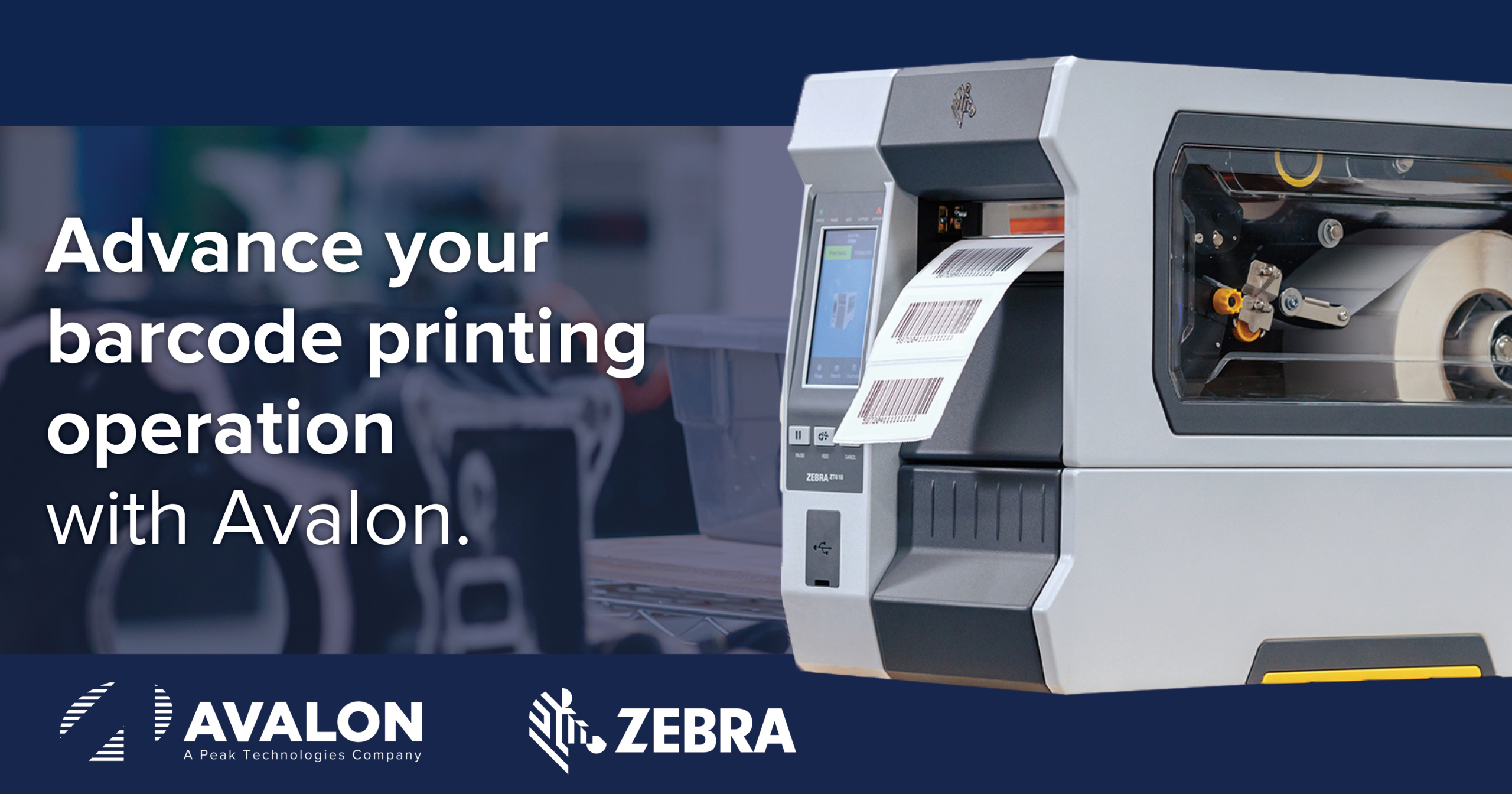For decades, barcode labels have safeguarded product identification and facilitated inventory movement down the supply chain. As warehouses become more dynamic to accommodate customer expectations and new compliance standards, effective barcode scanning remains essential to:
- Verify the correct shipments are packed onto the correct truck
- Prevent product spoilage or misplacements
- Maintain accurate inventory counts to meet demands
- Meet shipping deadlines on time
Furthermore, 82% of warehouses report an increase in stock-keeping units (SKUs) while studies show a 23% increase in shipping volume. With product quantity and differentiators steadily increasing, the time to optimize barcode printing is now.
Speed up Printing. Expand Printer Longevity. Ensure Successful Scans. Protect Printed Data.
Labels generally account for a small percentage of total operational costs, which means that even small adjustments can impact overall profitability. Below are a few ways warehouses have optimized barcode printing workflows.
- Match your printer to your throughput levels – Not every enterprise-grade printer is best suited for high-volume printing. Integrating the wrong printer into your space can initially save money, yet frequent printhead replacements and hardware damage create more unnecessary expenses after integration. While industrial printers can handle high-volume workflows and deliver 600dpi barcode resolution, smaller desktop printers like Zebra’s new ZD611 still deliver quality barcodes at faster speeds for smaller workspaces.
- Match label composition to your storage environment – Dust particles and extreme temperatures can harm printing performance, draining budgets in the long run. Fortunately, rugged industrial printers are made to withstand harsh environments with all-metal casings and durable printheads. Devices like the ZT600 Series Printers go a step further by combining rugged durability with a user-friendly touchscreen and media loading, accelerating deployment for faster productivity.
- Choose labels that protect the printhead – Inferior label quality damages printers over time by leaving behind debris and scratching the printhead. This creates gaps in the barcode that later hinder scanning. To prevent early printhead failure and jams, consider integrating quality labels like Zebra’s Certified Consumables. Labels with smoother surfaces and stronger adhesives are less likely to damage printheads and leave excessive debris in the printer, ultimately improving print quality and safeguarding printer longevity.
- Add printers to your cybersecurity initiatives – Lastly, while cybersecurity may seem far removed from barcode printing, peripheral devices are often targeted by cybercriminals since they are less likely to be protected. Data protection applications like PrintSecure block unauthorized users from viewing printed data while encrypting connections and enabling remote management.
Optimizing your barcode printing solution doesn’t have to be complicated. From label redesign to hardware upgrades, work alongside Avalon’s printer specialists to elevate operations and stay ahead of supply chain challenges. Contact us for a free workflow assessment to learn how you can get started.



